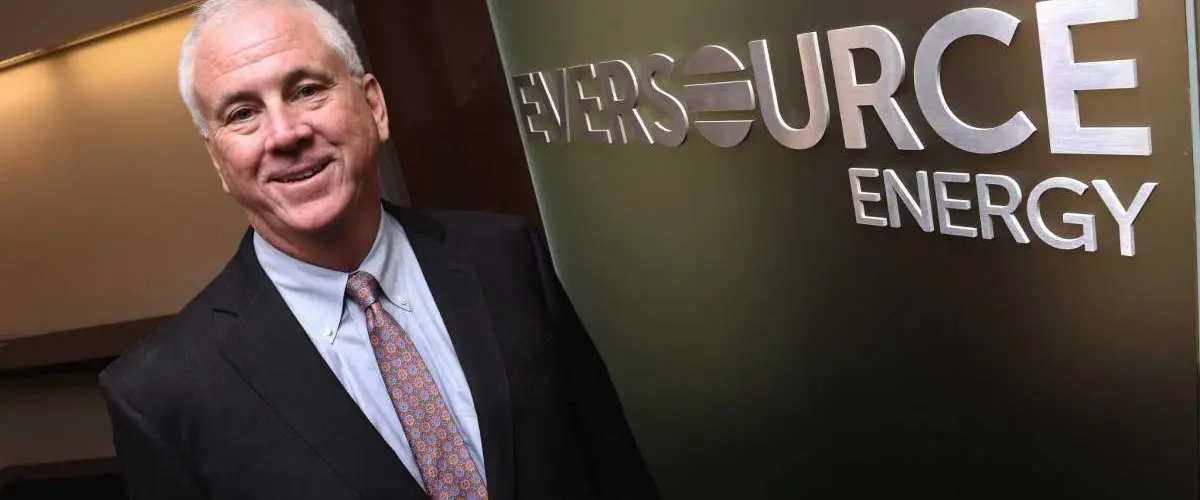Eversource’s new CEO talks future of natural gas
As Joe Nolan prepares to take on the role of Eversource Energy’s chief executive on May 5, he is facing the challenge of transitioning New England’s largest utility to be carbon neutral in operations –— and potentially, carbon neutral for its customers.The plans clash with the goals of the state’s new climate law, as well as the new climate-driven mission statement for the state’s Department of Public Utilities. But new orders that specify how to wean utilities off fossil fuels are needed before agencies enforcement can happen.
He has worked for the utility for 35 years, and 25 of those years were spent growing Eversource’s renewable energy portfolio. He is leading the utility’s joint venture with Danish offshore wind company Ørsted to start building three wind farms in the Northeast. Nolan will take over the CEO position from Jim Judge.
Nolan, 58, told NetZero Insider he wants to double down on achieving carbon neutrality for Eversource’s buildings and vehicle fleets as CEO.
But Massachusetts, one of the states Eversource operates in, recently passed comprehensive climate legislation that includes a legally binding commitment to reduce the state’s carbon emissions to 50% below 1990 levels by 2030. President Biden’s proposal to cut emissions in half by 2030 only strengthens state mandates like Massachusetts’s new climate laws.
….
Energy experts like Amy Boyd, director of policy at the Acadia Center, say that the money utilities put into natural gas systems is “buried money and stranded costs” that will fall on low-income and environmental justice communities without the same access to renewable energy options. As a result, those communities will experience higher utility rates.
From a physics perspective, it is “always more thermodynamically effective to just use electricity directly,” Boyd added.
Hydrogen molecules are also smaller than methane. If methane is leaking in the existing natural gas pipe system, then hydrogen will surely leak as well.
“We certainly don’t need to be wasting energy,” Boyd said.
Read the full article in RTO Insider here.




















Follow us